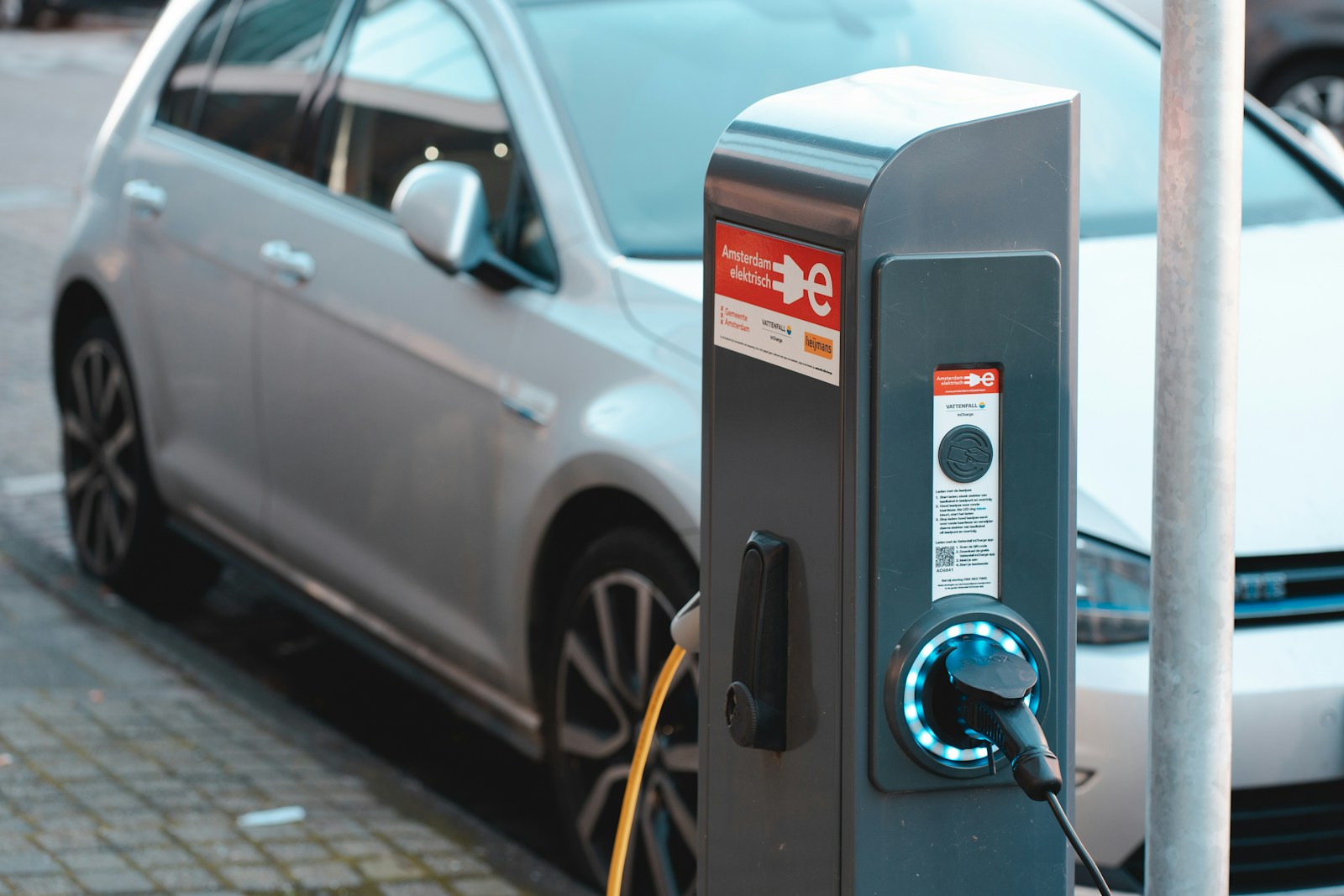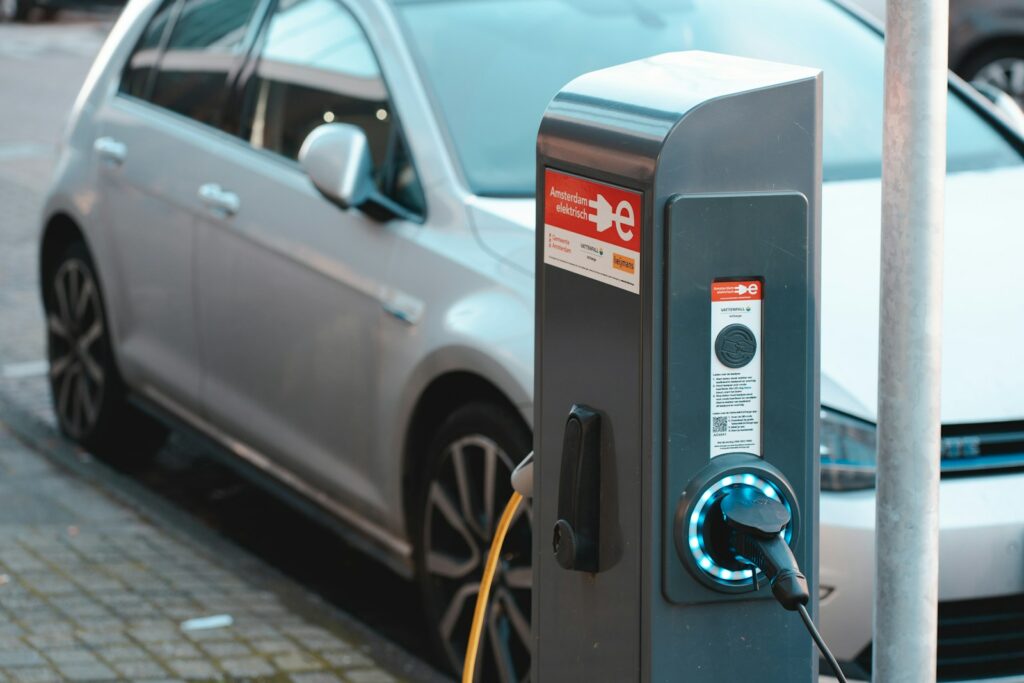Lithium and Electric Vehicles: Tomorrow’s Choice
By Branko Terzic

There are a slightly more than 3.3 million electric vehicles (EVs) on US roads today. On August 28, 2024, news agency Reuters cited a J.D. Power report that projected U.S. electric vehicle (EV) sales are expected to reach just 9% of the market in 2024, lowering J.D. Power’s previous forecast of 12%. Total vehicle sales in 2024 are projected at 15.7 million. That means EV sales this year here should be 1.4 million units. However, future sales of EVs may be affected by another factor: consumer dissatisfaction among current owners of EVs.
Recent surveys indicate that many current EV owners would not buy another one. According to surveys of current owners:
- A McKinsey survey reports 46% of US EV owners want to switch to gas-powered vehicles
- An AAA survey says that nearly two-thirds of US consumers are unlikely to buy an EV next time
- An Institute for Energy Research survey claims that almost half of US EV owners plan to buy a gas-powered vehicle next time
- A venerable Kelley Blue Book study reported that few EV owners would buy another EV, excluding Tesla
Why this level of dissatisfaction? Many current EV owners say they will be switching back to gas-powered vehicles due to factors such as: 1) cost, 2) charging station inadequacy and 3) issues with range for long trips. So, if 46% of the current 3.3 million drivers are switching back that means an additional 1.5 million internal combustion engine (ICE) or hybrid vehicles will be sold.
Is this level of dissatisfaction likely to continue? Will half the 1.4 million new buyers of EV’s this year and half the buyers the next few years also be disappointed in their purchases and switch back to ICE vehicles when turning in their old EVs?
One would expect so if the three cited problems with EVs of cost, charging and range are not solved.
The “cost” problem relates to the total cost and in specific the cost of the single most expensive component - the lithium battery. Lithium prices have been volatile having recently experienced a decline mostly due to slower sales of EVs in China leading to an oversupply of battery capacity.
The consultancy Clean Energy Associates expects that the global market for lithium-ion batteries will remain oversupplied through 2028, This will send prices downward due to lower EV production targets in the U.S. and Europe. The EV market is not the only market for lithium batteries however, there is a growing energy storage market but it’s significantly smaller.
Cost to consumers of EVs will also be affected by tariffs on low priced Chinese made EVs so that national trade policies will play a significant role in the final price.
Some claim that advances in artificial intelligence (AI)I may lead to more efficient battery manufacture and EV operation leading to lower costs and better range. We shall see.
The issue of availability of chargers is a joint auto industry-electric utility and political administration problem. EV manufacturer Tesla initially set up a charging operation and established its own plug standard. Last year Tesla downsized its charger installation operations laying off thousands. This leaves the installation of EV chargers to others.
Figuring out who should install chargers is complicated by economics, regulation and subsidy policies. Owners of single-family homes can slow-charge from standard outlets and be billed for the energy by their local utility. Those living in apartments need landlord installed systems with associated billing mechanisms. Charging at work in the company or building owned parking lot requires either the building owner or a third-party vendor install the charging station and associated billing mechanism. This is still a work in progress. The public administration aspect refers to both decisions of the state electricity service regulator as to who can and cannot provide charging service as well as municipal decisions when t comes to charging stations on streets and at public facilities.
A bit of the chicken-egg problem with investors waiting until a sufficient number of EVs are on the road to justify charger station investments, while potential EV owners are waiting until enough charging stations are available before making the EV buying decision. To bridge this gap, federal and state subsidies are needed. In 2021 Congress approved $7.5 billion to build tens of thousands of electric vehicle chargers across the country. However, little has been actually spent due to filing complexity. In January 2024 the Biden administration announced $623 million in grants to states and municipalities to help build out an electric vehicle (EV) charging network across the U.S. Ultimately charging of EVs will need to become a profitable business and this won’t happen until the ownership, management and pricing systems are worked out to the satisfaction of investors.
A collateral and significant problem is that the entire electricity grid will need to be expanded to handle the capacity requirements, especially if many choose fast chargers, if the entire national fleet of over 289 million vehicles will be replaced by EVs. I have written about this is earlier Weekly Commentaries.
The issues of “range anxiety” will likely be solved with a combination of: higher efficiency and capacity in EV battery technology, improved efficiency in EV electricity usage, and the universal availability of charging stations.
A recent consumer survey by AAA on EVs shows declining consumer interest in purchasing a new EV. In the current survey only 18% of U.S. consumers responded “very likely” or “likely” to the question of buying a new or used EV. This is down from 23% in the precious year. AAA reports that 63% responded “unlikely or very unlikely” to the question of whether they would purchase an EV for their next car.
Does this mean doom and gloom for the EV industry? Probably not. The industry, with the help of the federal government, is moving ahead with solutions to all three identified EV problems: cost, charging and range. With lower cost, fewer moving parts, less maintenance and better engineering design for repairs, as well as adequate charging infrastructure, the next generation of EVs should prove to be an attractive consumer option for personal transportation. Well, of course, the electric grid needs to be expanded too.
The Honorable Branko Terzic is a former Commissioner on the U.S. Federal Energy Regulatory Commission and State of Wisconsin Public Service Commission, in addition he served as Chairman of the United Nations Economic Commission for Europe ( UNECE) Ad Hoc Group of Experts on Cleaner Electricity. He hold a BS Engineering and honorary Doctor of Sciences in Engineering (h.c.) both from the University of Wisconsin- Milwaukee.
#BrankoTerzic #energy #regulations #experience #research #future #opportunity #strategy #management #people #electricity #power #Tesla #ElectricCar #utilities #RenewableEnergy #power #electrical #electricalgrid #renewableenergy #windturbine #windpower #wind #cleanenergy #energy #windturbines #engineering #powerlines #powerdistribution #powersystems #electricalengineering #cleanenergy #powersector #gogreen #climatechange #electricvehicle #electric #electriccars #teslamodel #cars #car #teslamotors #teslamodels #model #electricvehicles #teslalife #elonmusk #teslamodelx #emobility #teslaroadster #teslaowner #zeroemissions #teslacars #electricmobility

